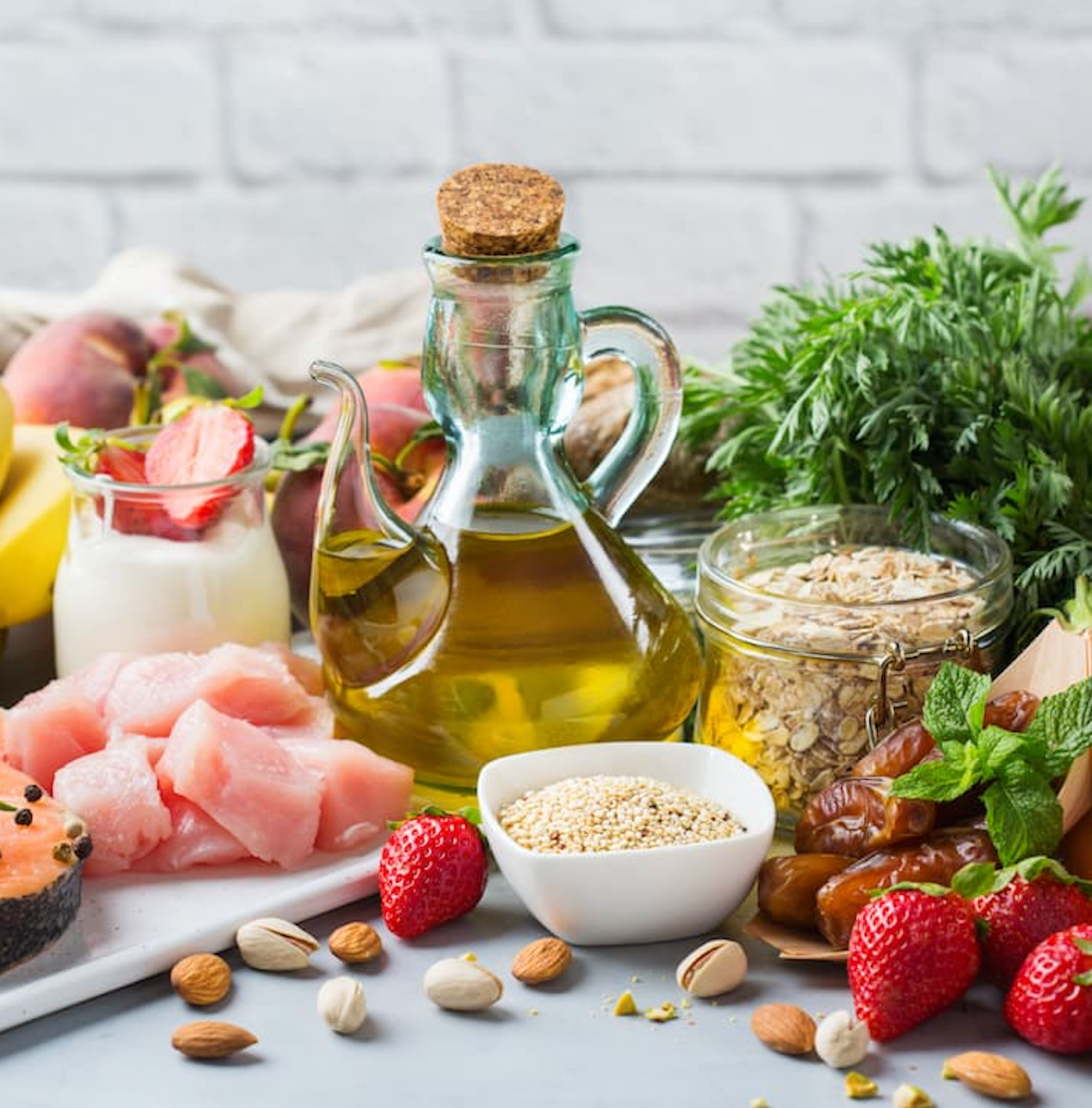News
Article
Anti-Inflammatory Diet May Prevent, Improve Gout
Author(s):
Patients with the highest Dietary Inflammatory Index have an increased risk of gout.
Credit: Adobe Stock/aamulya

Greater levels of inflammation were linked to a higher risk of developing gout. Therefore, strategies focused on an anti-inflammatory diet for the prevention and improvement of gout in adults should be considered, according to a study published in Heliyon.1
“Diets have a remarkable influence upon innate immune system phenotypes, and the chronic low-grade inflammatory levels derived from diets can exacerbate gouty inflammation,” wrote a group of Chinese investigators. “Pro-inflammatory diets can induce the rise of inflammatory levels by eliciting macrophages to release chemokines and cytokines.”
The Dietary Inflammatory Index (DII), initially developed in 2009 and updated in 2014, is a dietary tool designed to evaluate inflammatory levels of diets using the pro- and anti-inflammatory properties of its ingredients. Western diets have been associated with a pro-inflammatory phenotype as well as an increased risk of gout. Conversely, the Mediterranean diet, Dietary Approaches to Stop Hypertension (DASH) diet, and vegetable- and fiber-rich diets are linked to lowered inflammation.2
Previous research has studied the relationship between DII and a variety of health problems, including cardiovascular diseases, metabolic conditions, and erectile dysfunction.3
Using data from the 2007 – 2018 National Health and Nutrition Examination Survey (NHANES), comprised of 27,710 eligible adult participants, investigators evaluated whether the DII was associated with gout in the United States. To better understand this, multivariable analysis analyzed the link between DII and gout, restricted cubic splines (RCS) determined the nonlinear relationship of DII and gout, and propensity score matching (PSM) was used to further explore potential relationships.
Based on the DII, diets were categorized as pro-inflammatory (>0), anti-inflammatory (<0), or neither (=0). Patients were then placed in 4 groups: high DII (Q4), higher middle DII (Q3), lower middle DII (Q2), and low DII (Q1). Diet quality was calculated using the Healthy Eating Index (HEI), which was also divided into quartiles.
Of the entire participant population, 1297 patients had gout and 26,413 were gout-free. Patients with gout tended to be older, had a higher BMI, and were more likely to drink alcohol. Gout was less prevalent in the male participants when compared with females (2.39%, 95% confidence interval [CI] 2.03% – 2.75% vs 5.65%, 95% CI 5.13% – 6.16%, respectively). Gout-free patients had lower DII levels than those with gout (mean DII 1.39 vs 1.57, respectively). No significant differences in HEI scores were observed among participants with and without gout (P =.86).
In the univariate regression model, patients with the highest DII quartile were more susceptible to an increased risk of gout (Q4 vs Q1, odds ratio [OR] = 1.31, CI: 1.05 – 1.63). After adjusting for gender, age, race, body mass index (BMI), and drinking and smoking status, a positive correlation was observed between the risk of gout and DII.
Using the RCS analysis, the risk of gout raised significantly as DII values increased, then the risk flattened, and increased sharply again when the DII was >2.5. Further, results from the PSM indicated DII was positively correlated to the presence of gout on an adjusted multivariable model.
According to subgroup analysis, the link between DII and gout had no statistical significance in smokers, females, Black patients, or Mexican patients.
Investigators noted the cross-sectional study design hindered their ability to determine the causal relationship between dietary inflammation and gout. Additionally, it is possible some confounders were not included in the analyses. Generalizability was limited by using data from a national survey of American patients, and there is a potential for bias as the DII was calculated using a 24-hour recalled diet interview.
“Our findings indicate an association of a pro-inflammatory diet with increased gout risk among US adults, which provides clues for further large-scale prospective studies to explore the relationship between dietary inflammation and gout,” investigators concluded. “These findings may help to design tailored dietary plans by controlling dietary inflammation levels for gout patients or individuals with a high risk of gout to alleviate or prevent gout.”
References
- Zhang Y, Song J, Lai Y, et al. Association between the dietary inflammatory index and gout in the National Health and Nutrition Examination Survey 2007-2018. Heliyon. 2023;9(12):e22930. Published 2023 Nov 27. doi:10.1016/j.heliyon.2023.e22930
- Goldberg EL, Asher JL, Molony RD, et al. β-Hydroxybutyrate deactivates neutrophil NLRP3 inflammasome to relieve gout flares. Cell Rep. 2017; 18: 2077-2087
- Zhao Q, Tan X, Su Z, et al. The relationship between the dietary inflammatory index (DII) and metabolic syndrome (MetS) in middle-aged and elderly individuals in the United States. Nutrients. 2023; 15





